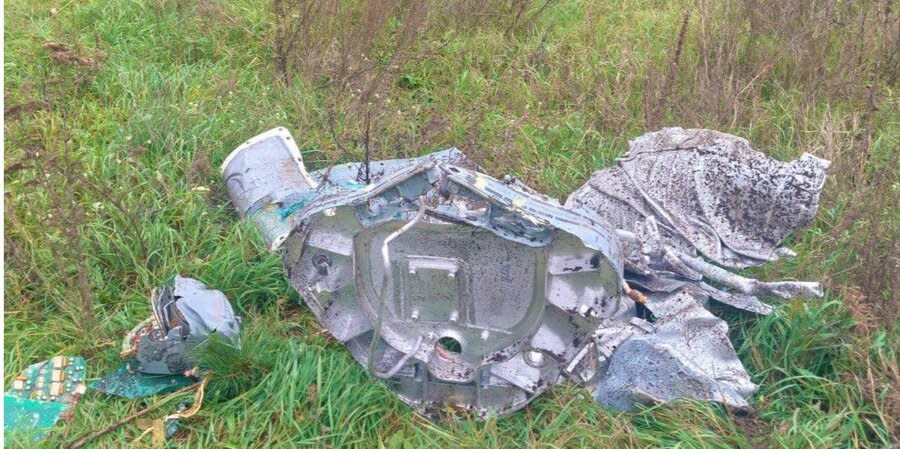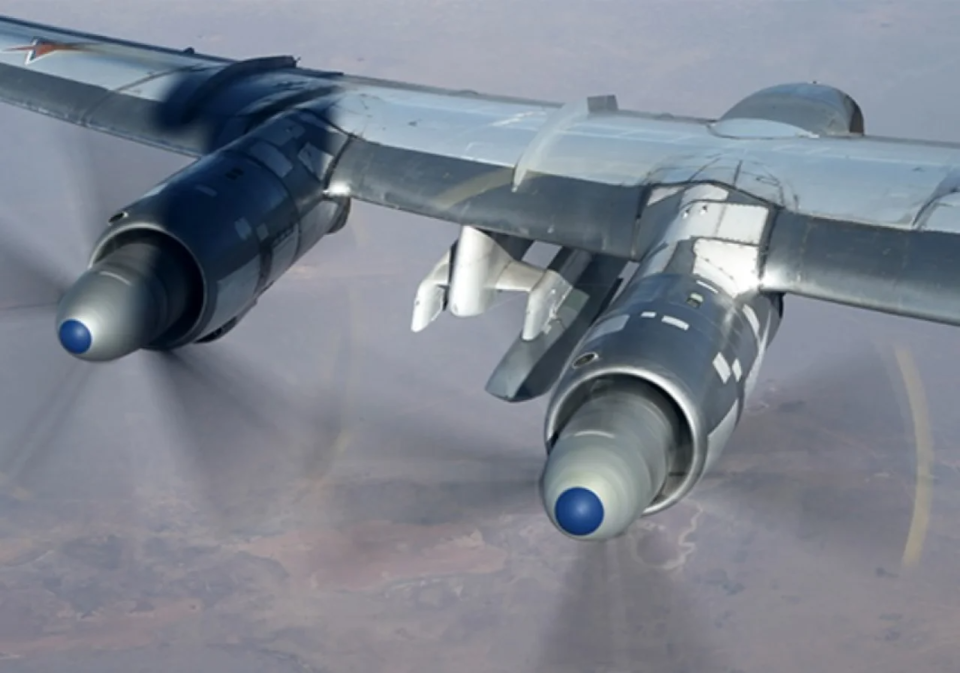Everything you need to know about the Kh-101 cruise missile Russia uses to terrorize Ukraine

They are notable for being used in the devastating April 2023 attack on the high-rise building in the central Ukrainian city of Uman.
They were also used to attack the Ukrainian capital of Kyiv overnight on May 26.
NV explains what you need to know about the Kh-101 cruise missile.
Kh-101 is a strategic air-to-ground cruise missile. This is one of Russia’s latest developments. The missile is designed with technology to reduce radar visibility.
Kh-101s can carry a thermonuclear warhead, which changes its designation to Kh-102.
The missile was developed by the Raduga design bureau. Russia claims that it is produced with exclusively Russian components.
Read also: Civilians dead and injured in Russian drone and artillery attacks in five Ukrainian oblasts

Read also: Russia’s overnight attack: all targets neutralized above Kyiv, while Dnipropetrovsk and Kharkiv hit
The following Russian strategic bombers carry the Kh-101s:
• Tu-160 (up to 12 Kh-101 missiles in two internal compartments)
• Tu-95MS (up to eight missiles on external suspension).
Kh-101 missiles use a combined guidance system: it is basically an inertial system with optical and electronic correction, and a homing head is used in the final section. Unlike earlier generation missiles, the Kh-101 is hypothetically able to change the target while already in the air.
According to test results, Russia claims that Kh-101 missiles are theoretically capable of destroying moving targets with a hit accuracy of up to 10 m. The nominal circular probable deviation of the missile is 7 m at a range of up to 5,500 km.
Russia first used the Kh-101 in Syria, and after February 2022, the invaders regularly use them to attack Ukraine. For a taste of how Russia uses these missiles to attack Ukraine, here is a non-exhaustive list:
• Airstrikes on the Vinnytsia airport and Havryshivka military airfield in the spring of 2022
• Strikes on Ukraine’s critical infrastructure in 2022 and 2023
• Missile attack on Dnipro on April 28, 2023, killing a mother and a three-year-old child
• Missile attack on Uman in April 2023, when 23 people were killed in a high-rise strike
Recently, Russia has been using Kh-101 missiles ‘straight from the assembly line’ to attack Ukraine, said Defense Express.
Ukrainian air defense was able to shoot down the Kh-101s even before the Patriot missile defense system arrived in Ukraine, though this is among the most difficult targets.
Previously, Ukrainian anti-aircraft missile troops were forced to launch two obsolete missiles from the Buk or S-300 systems to hit one Kh-101 missile. The latest air defense systems, such as NASAMS and IRIS-T, are better able to down such missiles.
The main characteristics of the Kh-101 missiles:
• Length — 7.45 m
• Diameter — 742 mm
• Wingspan — 3 m
• Starting weight — 2,200-2,400 kg
• Warhead weight — 400 kg
• Cruise speed — 190-200 m/s
• Maximum speed — 250-270 m/s
• Maximum range — from 3,000 to 5,500 km, according to various data
Read also: Russian missile hits hospital in Dnipro, one killed, many others injured, including children
Missile upgrade amid the invasion of Ukraine
Since late November 2022, the Ukrainian Defense Forces have started to find devices for firing radar traps in the fragments of the Kh-101 missiles. For this reason, Russian engineers are looking for ways to break through this air defense tactic.
Russia upgraded the Kh-101 cruise missiles due to problems with guidance accuracy, Colonel Mykola Danyliuk, representative of the Central Military Scientific Directorate of Ukraine’s General Staff, reported in February 2023.
The Russian Kh-101 missile showed limited capabilities of breaking through the air defense system, so the invaders were forced to quickly upgrade the missile, he said.
Russians tried to improve the optical and electronic guidance system of such missiles, with modifications appearing in late autumn. The main difference of the upgraded Kh-101’s guidance system is the presence of three stationary lenses to help increase accuracy.
Read also: Russia has launched about 8,000 missiles against Ukraine since start of invasion, air force says
The old optical and electronic system had one lens mounted on a rotary mechanism with tilt angles of up to 10 degrees.
“The missile upgrade means that Russia doesn’t abandon its terror tactics but wants to cause more and more destruction, kill more and more Ukrainians,” Danyliuk said.
“That’s why new modifications and technical solutions may appear to increase the Russian missiles’ accuracy and lethality.”
Russia began to obscure its Kh-101 missiles in early 2023. The serial number is erased with a grinder on the missile body.
This is done to make the identification and approximate date of manufacture almost impossible to discover.
A missile’s serial number contains information about the year, quarter, batch, and serial number of the missile in the batch. This makes it possible to estimate the rate and order of use of these projectiles.
We’re bringing the voice of Ukraine to the world. Support us with a one-time donation, or become a Patron!
Read the original article on The New Voice of Ukraine

